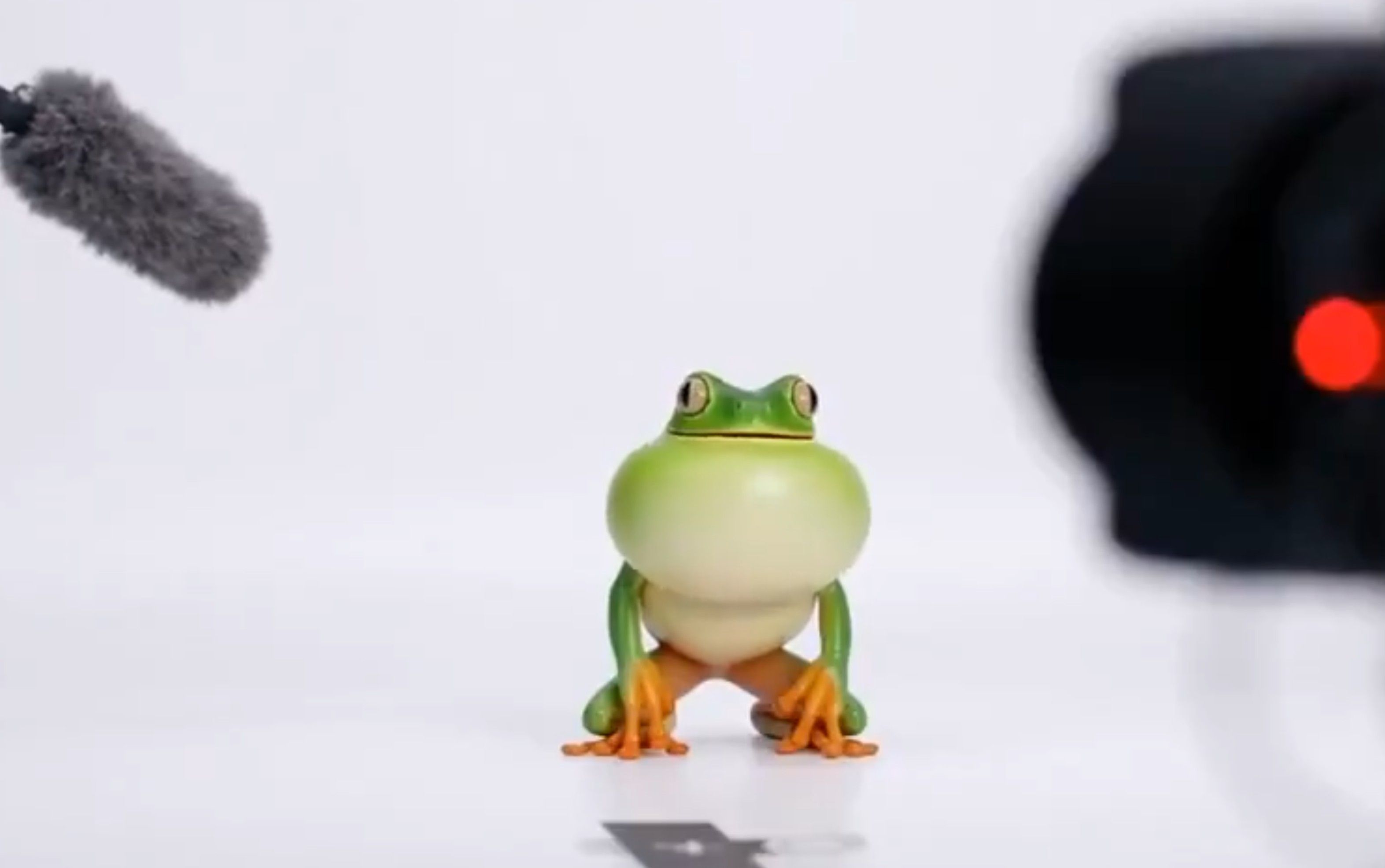OpenAI just dropped a major Sora update that lets users turn pets, toys, and illustrations into reusable AI video characters - launching right into a trademark lawsuit filed by celebrity platform Cameo. The timing couldn't be more dramatic as both companies battle over the "cameo" name while OpenAI opens access to four countries without invitation codes.
OpenAI just turned the AI video world upside down with a Sora update that's already causing legal headaches. The company rolled out "character cameos" today, letting users transform almost anything - from their pet goldfish to vintage action figures - into reusable AI video stars that can appear across multiple clips.
The feature builds on Sora's existing deepfake capabilities, which previously only worked with human faces. Now you can create a character from your dog, a cartoon drawing, or even your grandmother's porcelain cat collection. "Once created, each character comes with its own permissions, separate from your personal likeness: keep it just for yourself, share it with mutual followers, or open it to everyone on Sora," OpenAI explained in the latest release notes.
But here's where things get messy. Celebrity video service Cameo just slapped OpenAI with a trademark lawsuit over the "cameo" naming, claiming the AI giant is deliberately riding on their brand recognition. The legal filing came just days before this feature launch, creating an awkward timing collision that neither company probably wanted.
The character creation process raises some fascinating questions about AI content boundaries. OpenAI says users can generate characters from "an original persona" within Sora, but they haven't clarified whether fictional people created in other AI tools can be imported. More importantly, how does the system distinguish between AI-generated faces and real people? That's a critical gap when deepfake technology is advancing this rapidly.
Sora's also rolling out video stitching capabilities that connect multiple clips into longer, multi-scene productions. Think of it as a simplified version of traditional video editing, but powered entirely by AI prompts. Users can now create narrative sequences that flow between different scenes, characters, and settings without touching external editing software.
The social features are getting beefed up too. New leaderboards showcase the most remixed videos and the most popular character cameos, turning Sora into more of a social platform than just a generation tool. It's a smart move that could drive engagement, especially as competition heats up with recent AI video announcements and Google's rumored video model improvements.












